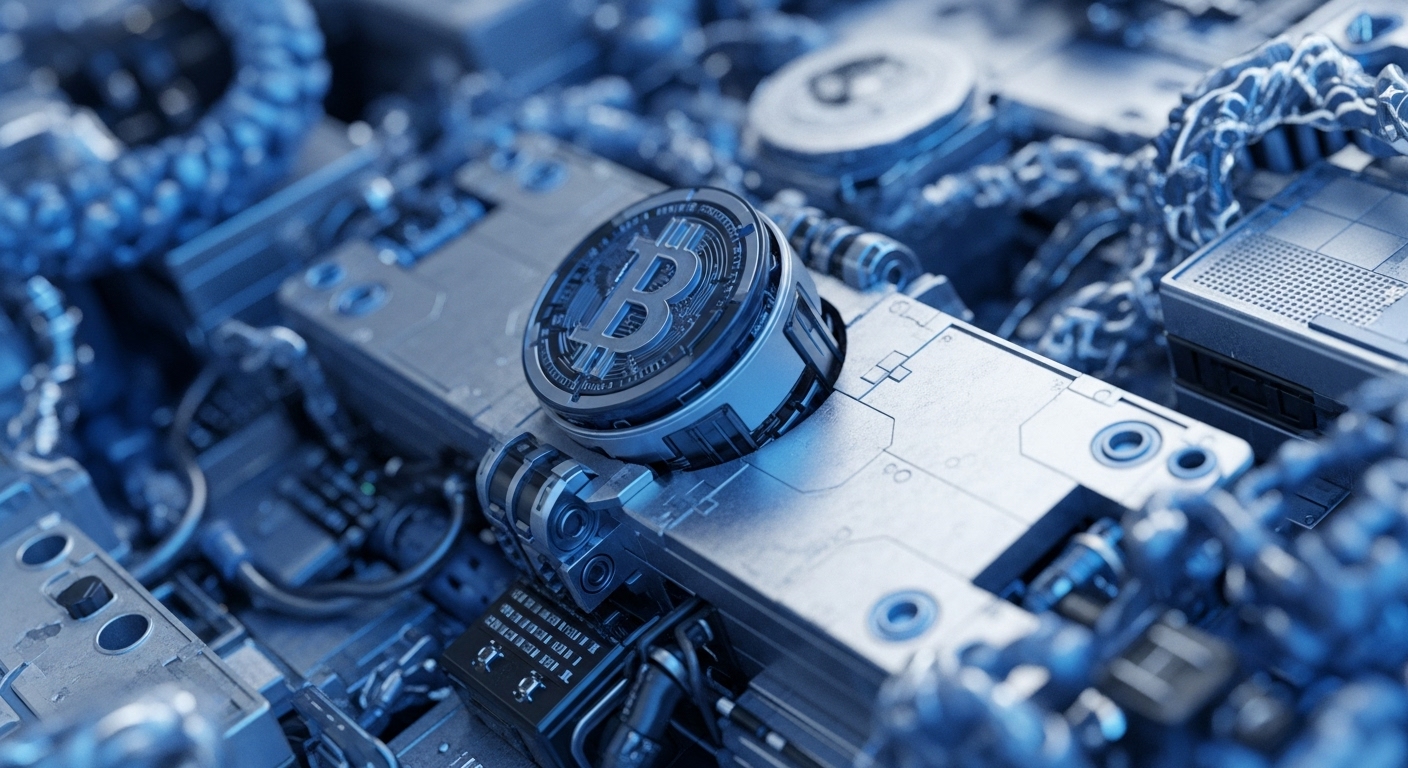
Briefing
The Ethereum Foundation has launched its dAI Team, a strategic initiative positioning Ethereum as the core settlement and coordination layer for the burgeoning decentralized AI economy. This move, spearheaded by research scientist Davide Crapis, directly addresses the imperative for open, verifiable AI infrastructure by introducing the ERC-8004 standard, which will enable secure, on-chain identity and reputation for AI agents. The network’s robust growth is evidenced by record daily transaction volumes, reaching 1.74 million on August 5, 2025, underscoring its expanding utility as a foundational layer for both AI and decentralized finance.

Context
Before this strategic pivot, the dApp landscape faced a growing challenge ∞ the increasing centralization of AI development and deployment, coupled with a lack of robust, verifiable identity and trust mechanisms for autonomous AI agents within Web3. The prevailing product gap involved fragmented approaches to AI integration, leaving the machine economy vulnerable to monopolization by large tech entities and hindering the seamless, trustless coordination vital for decentralized applications. This created friction for developers seeking to build AI-native protocols and for users requiring transparent, secure interactions with AI services.

Analysis
The launch of the dAI Team and the ERC-8004 standard fundamentally alters the application layer by establishing a foundational primitive for AI agent identity and interaction on Ethereum. This system enables AI agents to prove identity, build reputation, and transact securely on-chain, thereby creating a decentralized AI stack that resists corporate monopolization. The chain of cause and effect for the end-user involves enhanced trust and transparency when interacting with AI-powered dApps, as agent behaviors become verifiable and auditable on a public ledger.
Competing protocols, particularly those in the AI-native blockchain space like Solana or SUI, face intensified competition as Ethereum leverages its composability, EVM standardization, and maturing Layer 2 ecosystem to attract AI-native projects such as Render and Fetch.ai. This strategic move aims to solidify Ethereum’s position as the “digital oil” for the machine economy, attracting capital and developer talent by providing a robust, censorship-resistant infrastructure for AI innovation.

Parameters
- Initiating Entity ∞ Ethereum Foundation
- Core Initiative ∞ dAI Team Launch
- Key Standard ∞ ERC-8004 (for AI agent identity and trust)
- Lead Researcher ∞ Davide Crapis
- Projected Standard Launch ∞ November 2025 (Devconnect event)
- Record Daily Transactions ∞ 1.74 million (August 5, 2025)
- Dai in Circulation ∞ $6.7 billion
- Network Gas Limit Increase ∞ 25% (to 45 million)
- Projected ETH Price (2030) ∞ $9,801

Outlook
The next phase of this innovation involves the widespread adoption and implementation of the ERC-8004 standard, fostering a new generation of AI-native dApps that leverage verifiable agent identities. This foundational primitive could be readily copied or forked by other EVM-compatible chains, but Ethereum’s established network effects, liquidity, and developer community provide a significant competitive moat. This new primitive is poised to become a critical building block for various dApps, enabling more sophisticated automated financial services, decentralized autonomous organizations (DAOs) with AI-driven governance, and novel Web3 social applications where AI agents play a verifiable role. The strategic integration of AI agents as composable components within the Ethereum ecosystem sets the stage for a more intelligent, autonomous, and ultimately more valuable application layer.

Verdict
The Ethereum Foundation’s strategic investment in a decentralized AI economy, marked by the dAI Team and ERC-8004, decisively positions the network as the essential settlement layer for autonomous agents, catalyzing a new era of verifiable, trustless machine-to-machine interactions across the decentralized application layer.
Signal Acquired from ∞ ainvest.com
